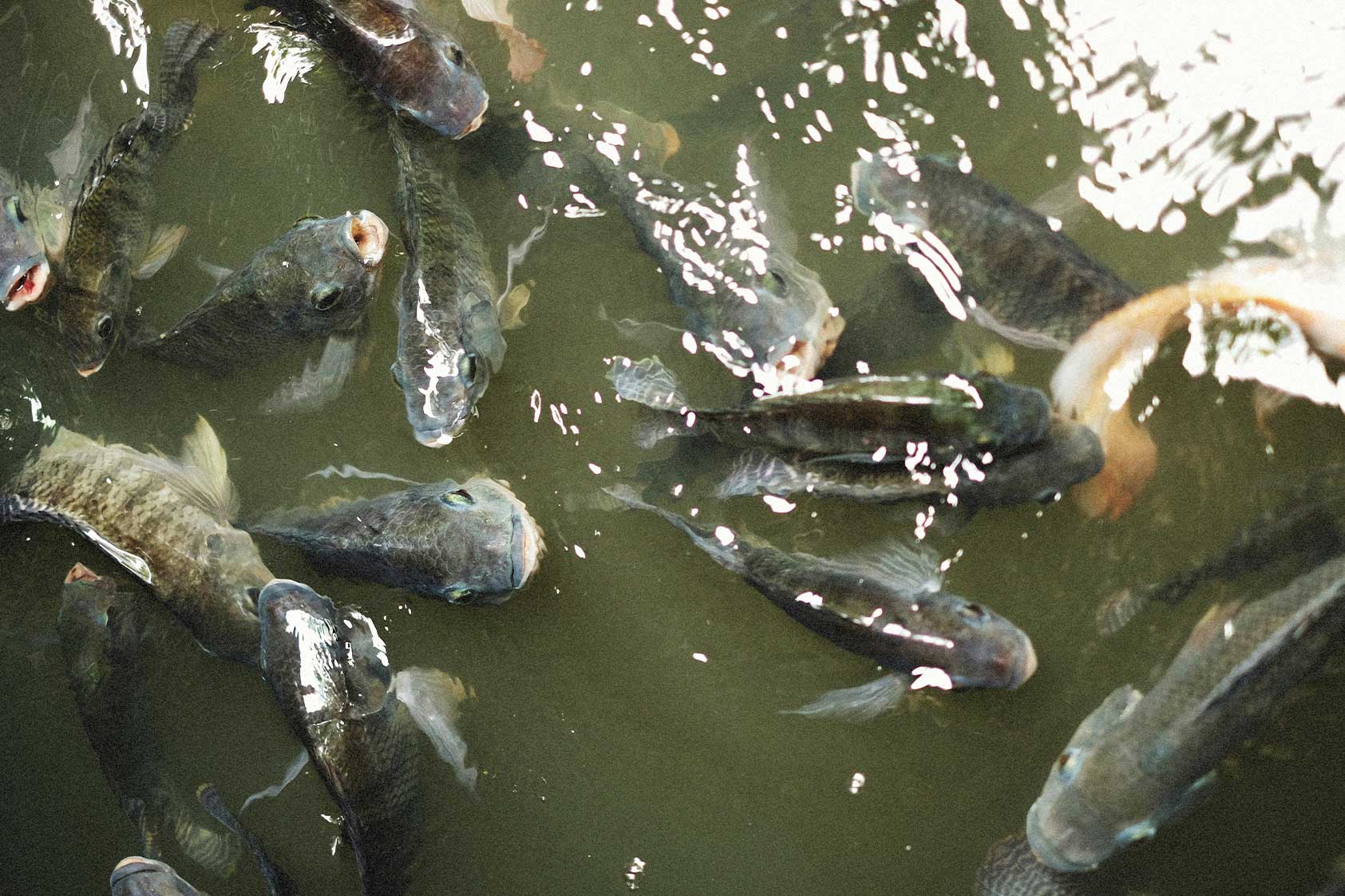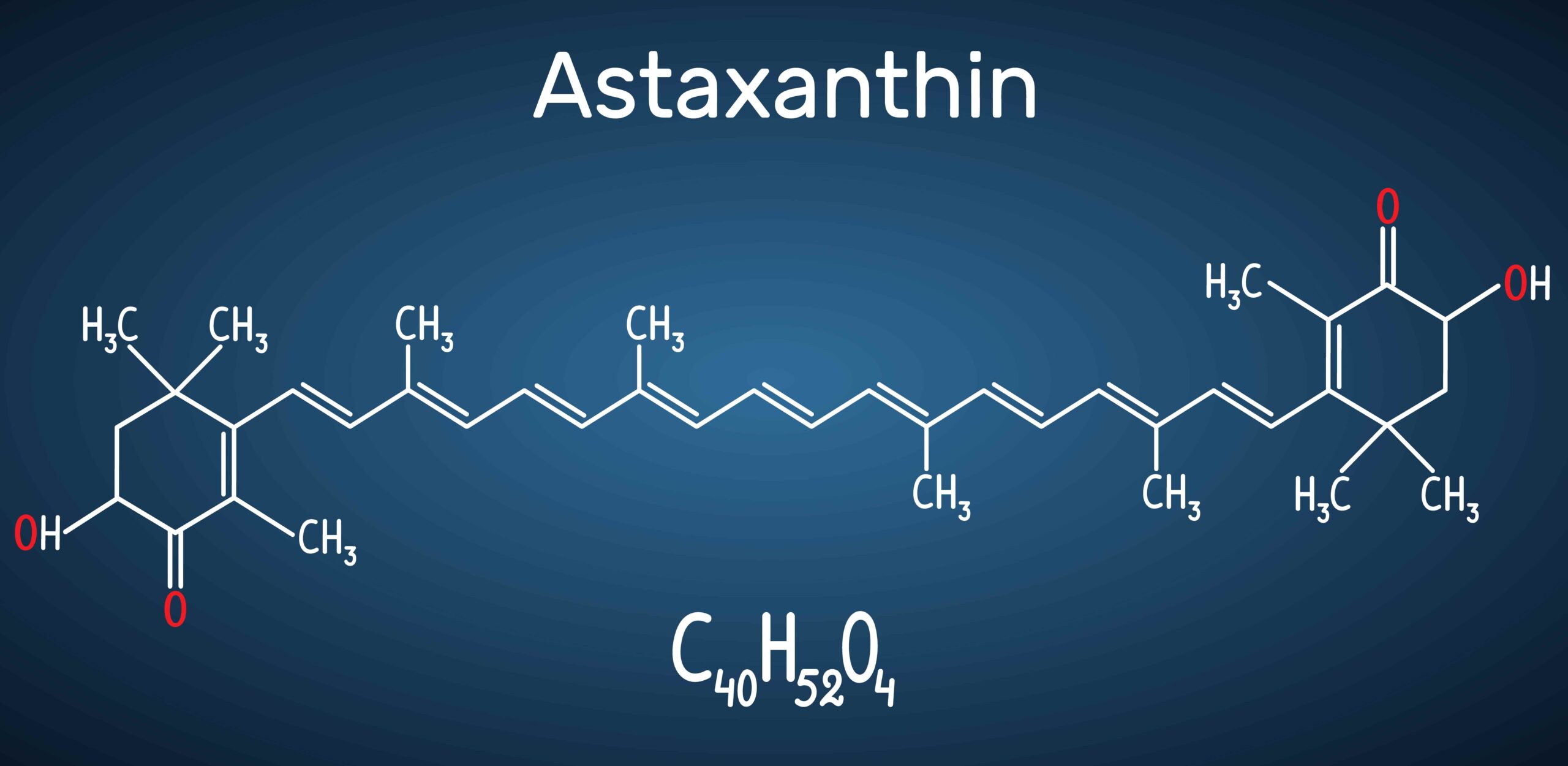Astaxanthin in Feed

January 10, 2025
The Role of Astaxanthin in Animal Feed: A Natural Boost for Nutrition and Health
In the world of animal nutrition, the search for sustainable, high-quality feed ingredients is ongoing. One compound that has gained significant attention is astaxanthin—a naturally occurring carotenoid responsible for the vibrant red, orange, and pink hues seen in salmon, shrimp, and flamingos. But its value goes far beyond aesthetics; astaxanthin is a powerhouse of benefits for animal health and production.
Astaxanthin is a natural, powerful carotenoid that supports animal health, enhances productivity, and aligns with sustainable feed practices. Its antioxidant properties make it a valuable addition to aquaculture, livestock, and poultry nutrition, paving the way for healthier animals and eco-friendly food production. Incorporating astaxanthin into feed programs is a step toward a brighter, more sustainable future in agriculture.
What Is Astaxanthin?
Astaxanthin is a pigment that belongs to the carotenoid family, naturally found in microalgae (like Haematococcus pluvialis) and certain marine organisms. Known for its potent antioxidant properties, astaxanthin can neutralize free radicals, reduce oxidative stress, and support overall cellular health. This makes it a prized ingredient in various industries, including aquaculture, livestock farming, and pet nutrition.
Astaxanthin in Aquaculture
In aquaculture, astaxanthin is indispensable. Its primary use is in salmon and trout farming, where it not only enhances the characteristic pink coloration of the fish but also contributes to their health and growth. Here’s why astaxanthin is crucial in aquafeeds:
- Coloration: Consumers expect the appealing pink or red hue in farmed salmon and trout, which is naturally achieved through dietary astaxanthin.
- Immune Support: Astaxanthin helps strengthen the immune system of fish, making them more resistant to diseases.
- Growth and Reproduction: Studies show that astaxanthin improves growth rates and enhances reproductive performance in aquatic species.
Benefits for Livestock and Poultry
Beyond aquaculture, astaxanthin is increasingly being incorporated into livestock and poultry feed. Here’s how it benefits land animals:
- Antioxidant Protection: In poultry, astaxanthin supports stress management and overall health, especially under intensive farming conditions.
- Improved Egg Quality: For laying hens, astaxanthin contributes to better yolk coloration and improved egg fertility.
- Skin and Meat Quality: Astaxanthin supplementation enhances the nutritional and visual appeal of meat products, making them more marketable.
Innovative Algae-Based Feed Solutions
At Algae Ventures, we are dedicated to delivering premium algae and microalgae-based feed ingredients that redefine animal nutrition. Our innovative products serve as high-quality feed additives, perfectly tailored for aquaculture species such as salmon, trout, and shrimp, as well as livestock like poultry. With a focus on sustainability and cutting-edge solutions, our offerings contribute to healthier animals and a more eco-friendly approach to farming.
Comparing Algae-Derived Astaxanthin with Bacterial and Synthetic Options
While naturally sourced astaxanthin from microalgae is celebrated for its sustainability and superior antioxidant potency, alternative sources such as synthetic and genetically modified organism (GMO)-derived astaxanthin are also available in the market. Synthetic astaxanthin, produced through chemical synthesis, is generally less expensive to manufacture but often lacks the same bioactivity and health benefits as its natural counterpart. On the other hand, GMO-derived astaxanthin, created by genetically engineering microorganisms, aims to improve production efficiency but raises concerns about consumer acceptance and ecological impact. In contrast, microalgae not only offer astaxanthin but also naturally contain other valuable carotenoids, such as beta-carotene, lutein, and canthaxanthin, which enhance its antioxidant profile and expand its potential health benefits. Ultimately, the choice between these sources depends on priorities such as efficacy, sustainability, cost, and market perception, with natural astaxanthin standing out as the preferred choice for premium animal feed formulations.

Conclusion
Astaxanthin is more than just a pigment—it’s a vital component in animal nutrition that supports health, productivity, and sustainability. From aquaculture to poultry farming, its versatile benefits make it an essential addition to modern feed formulations. As we continue to explore innovative solutions for global food production, astaxanthin stands out as a natural ingredient with immense potential.
Whether you’re in the aquaculture industry or farming on land, incorporating astaxanthin into feed programs could lead to healthier animals, higher-quality products, and a more sustainable future. If you haven’t already, it’s time to consider the power of this remarkable carotenoid in animal nutrition.
At Algae Ventures, we offer a diverse range of astaxanthin products tailored for various animal feed applications, including aquaculture and livestock. Our team also provides expert consultation to help integrate our premium products seamlessly into your feed formulations. Partner with us to elevate animal health and nutrition while supporting sustainable farming practices. Whether you’re in the aquaculture industry or farming on land, incorporating astaxanthin into feed programs could lead to healthier animals, higher-quality products, and a more sustainable future. If you haven’t already, it’s time to consider the power of this remarkable carotenoid in animal nutrition.
Want to Know More?
We would be glad to help you with any other information.